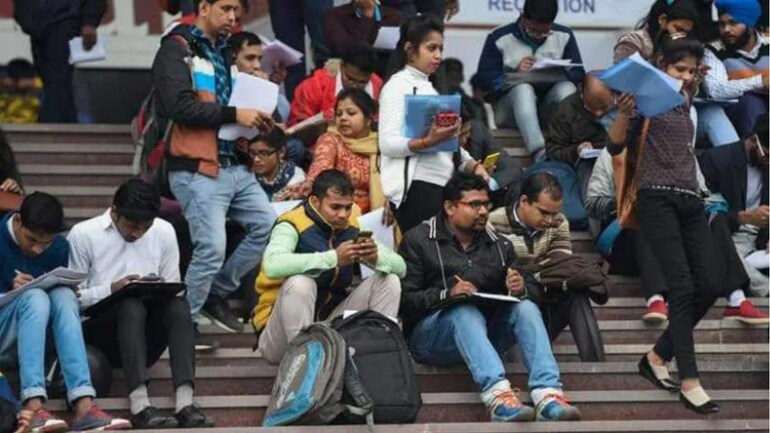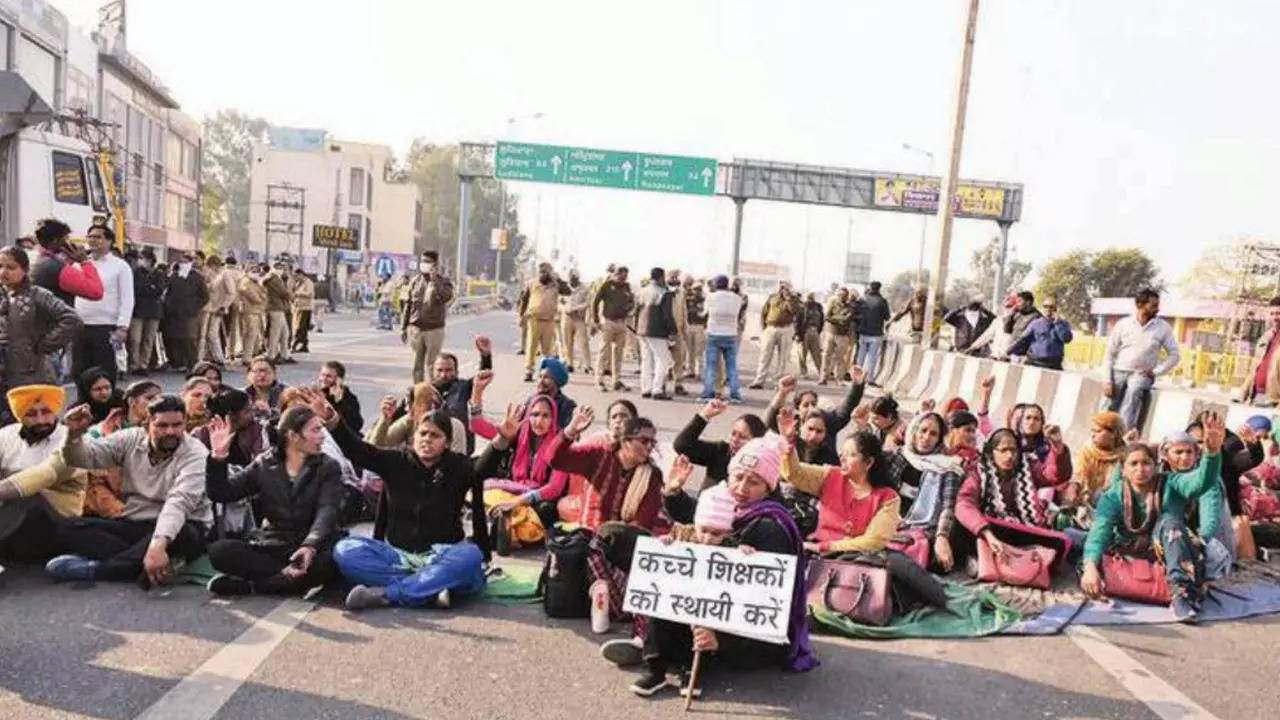Joblessness and despair: India’s working population fall

Even if the problem of unemployment in India has grown to alarming proportions and is now seen as the biggest obstacle to the possibility of a post-pandemic economic recovery, it took a while for it to materialize. In particular, for a populous nation as young as India, the trinity of structural, cyclical, and policy implementation issues all have a part to play in this unfavourable outcome.
The issue first surfaced in 2006, by which time employment in the agricultural industry peaked. As climate change made agricultural revenues more fragile, interest in farming decreased, which is symptomatic of the structural issues afflicting the economy.

By then, India’s employment elasticity, which peaked at 0.31 in 2002, had already begun to drop. Employment elasticity measures the percentage change in employment corresponding to a 1% rise in GDP. In 2014, it hit a record low of -0.04 before gradually rebounding.
The average elasticity between 2006 and 2018 was just 0.01 on average. Unsurprisingly, the other sectors’ ability to absorb people was put to the test as the agriculture industry began to discharge workers in a considerable number. Since it can hire many untrained and low-skilled people from agriculture, the construction industry, which is India’s second-largest employer after agriculture, often functions as a shock absorber for the economy.
The economy’s overall employment was growing, albeit more slowly, so long as the building industry was performing well. Employment elasticity continues to decline as the less employment-intensive services sector becomes the economy’s fastest-growing industry.
After the Reserve Bank of India imposed strict non-performing asset (NPA) identification rules in 2013, the building bubble burst, causing the sector to spin out of control. The RBI announcement resulted in a significant number of real estate companies going out of business because the banks had to turn off the liquidity tap that had, up until that point, allowed many unprofitable businesses to continue to be recognized as performing even though they were, in all actuality, NPAs. The ability of the economy to create new jobs was greatly limited by the following cyclical fall of this industry.
However, the push for economic formalization brought on by legislation was India’s biggest barrier to employment creation. Although formalization of the economy is not always desirable, it does occur in any economy that aspires to growth and prosperity. A vast labor force of unskilled workers poses a unique challenge for a country the size of India.
A push toward economic formalization requires enabling elements for the working population to advance along the skill set continuum and take advantage of the possibly higher-skilled occupations that would probably be accessible in large quantities. Sadly, the rapid speed of formalization has put a tremendous amount of strain on the informal sector, which employs the vast majority of India’s workforce. The main obstacle for India’s informal laborers has been demonetization, which forced many businesses to collapse because they were unable to adjust to the rapidly shifting economic climate, leaving many people without work.

Since the larger businesses to which these corporations were providing ancillary support stopped doing business with them because it directly affected their capacity to collect the input tax credit, even a policy as favorable as GST has driven many of these businesses out of existence (ITC).
The epidemic followed. Micro, small, and medium-sized enterprises (MSMEs), many of which are found in the unorganized market, face their most serious existential crisis. The epidemic has also spelt doom for MSMEs engaged in the formal sector as well. The projected “K”-shaped rebound in the immediate post-lockdown period is still going strong, according to an examination of RBI data on the performance of non-financial businesses (NFCs) listed on the Indian stock exchanges. The bigger corporations are continuing to take market share away from MSMEs.
Even two years after the lockdown, their share of total sales went below 4% in the first quarter of 2022 for the first time, and it decreased even more in the following quarter. It is evident how this will affect the creation of jobs. According to statistics on employment from the Centre for Monitoring the Indian Economy, India appears to have transitioned from an earlier phase of jobless growth to one of job loss growth, as total employment is still below the level that existed before the epidemic.
A side effect of this protracted period of little to no job creation is that India today has almost the entire global workforce that is discouraged. When people with low to moderate skill levels repeatedly struggle to obtain employment, they lose hope and finally leave the labor force.

Unaware individuals are considered part of the workforce if they are in the working population (15–64 years old) and actively seeking a job. The labor force participation rate is the proportion of this group that is in the working-age population as a whole (LFPR). People who aren’t actively looking for work are considered discouraged workers and are unemployed. For several reasons, including a desire to continue their education, sickness, or societal expectations, a worker may fall into this group (for example, the stigma associated with working women). But being unable to find work is one of the primary reasons people become depressed.
Almost 60% of the people that can work are not doing so, according to the current LFPR, which is around 42%. Therefore, persistent unemployment continues to be a significant contributing factor to poor LFPR. Additionally, a high unemployment rate despite a low LFPR portends bad things. These, in our opinion, would seriously hinder India’s capacity to benefit from the demographic dividend that its population has to offer.
The fact that public spending on health and education is still fairly low is the most important factor that can be used to explain why the average competence of the Indian workforce is biased toward the lower end of the skill continuum. This makes it more difficult for India to advance its workers along the continuum even as the economy becomes more formalized.
The first step in implementing this strategy would be to reallocate funds away from populist spending plans in the 2023 budget to boost each of these expenditures by an additional 1% of GDP. There are a few more policies that aid in increasing employment in the near to medium term, even if the benefits of such investment will only be felt in the long run.
Given the strong employment flexibility of this sector, an emphasis on infrastructure continues to be at the core of these strategies. Fortunately, the government is making some progress by prioritizing infrastructure expenditure and creating different project pipelines. However, a more workable answer would be to make sure that the MSMEs’ stress levels are sufficiently decreased to stop more of them from giving up.
Raising the exemption level for MSMEs in GST compliance would be a huge step in that direction. This would encourage larger businesses to work with them without having to worry about losing the ITC.

Despite the potential for some tax revenue erosion, such actions can not only assist in stopping additional job losses but also help create jobs by encouraging MSMEs to launch their enterprises. This might start a positive feedback loop that lowers the number of discouraged workers, increases employment, and boosts consumer confidence. With such policies, the advantages of increased tax collection from increased spending and vigorous economic activity would eventually offset the loss in revenue.
Edited by Prakriti Arora




